产品号 #100-0195_C
用于从人ES和iPS细胞生成并成熟的分支肺类器官的无血清培养基
用于从人ES和iPS细胞生成并成熟的分支肺类器官的无血清培养基
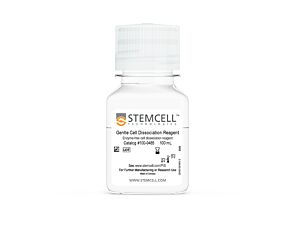
cGMP, enzyme-free cell dissociation reagent

Dulbecco's Modified Eagle's Medium/Nutrient Ham's Mixture F-12 (DMEM/F-12) with 15 mM HEPES buffer

Clear polystyrene flat-bottom, tissue culture-treated multiwell cell culture plate with lid
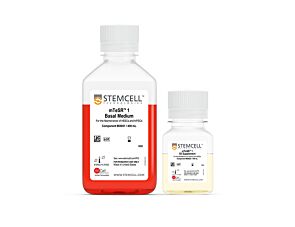
cGMP, feeder-free maintenance medium for human ES and iPS cells
Compatible antibodies for purity assessment of isolated cells
STEMdiff™ 分支肺类器官试剂盒(目录编号#100-0195)是一种无血清培养基系统,可高效且可重复地从人胚胎干细胞(ES)和诱导多能干细胞(iPS)通过四个分化阶段生成分支肺类器官:
1)定型内胚层
2)前肠内胚层
3)肺芽类器官
4)分支肺类器官。
STEMdiff™ 分支肺类器官试剂盒已针对在mTeSR™1(目录编号#85850)中维持的细胞进行了优化。
生成的类器官将发育出表达EPCAM、NKX2.1、SOX2、SOX9、MUC1和P63的近端和远端样分支气道上皮结构。
当在Matrigel®夹层中维持超过28天后,成熟肺细胞标记物(如SFTPC、SFTPB和ABCA3)的表达水平会增加。
对于更长时间的类器官培养(在Matrigel®夹层中超过28天),分支肺类器官成熟所需的组分可在STEMdiff™ 分支肺类器官成熟试剂盒(目录编号#100-0528)中获得。
Subtype
Specialized Media
Cell Type
Epithelial Cells, PSC-Derived, Mesenchymal Cells, PSC-Derived, Pluripotent Stem Cells
Species
Human
Application
Differentiation, Genome Editing, Organoid Culture
Brand
STEMdiff
Area of Interest
Disease Modeling, Drug Discovery and Toxicity Testing, Infectious Diseases, Respiratory Research, Transplantation Research
Formulation Category
Serum-Free
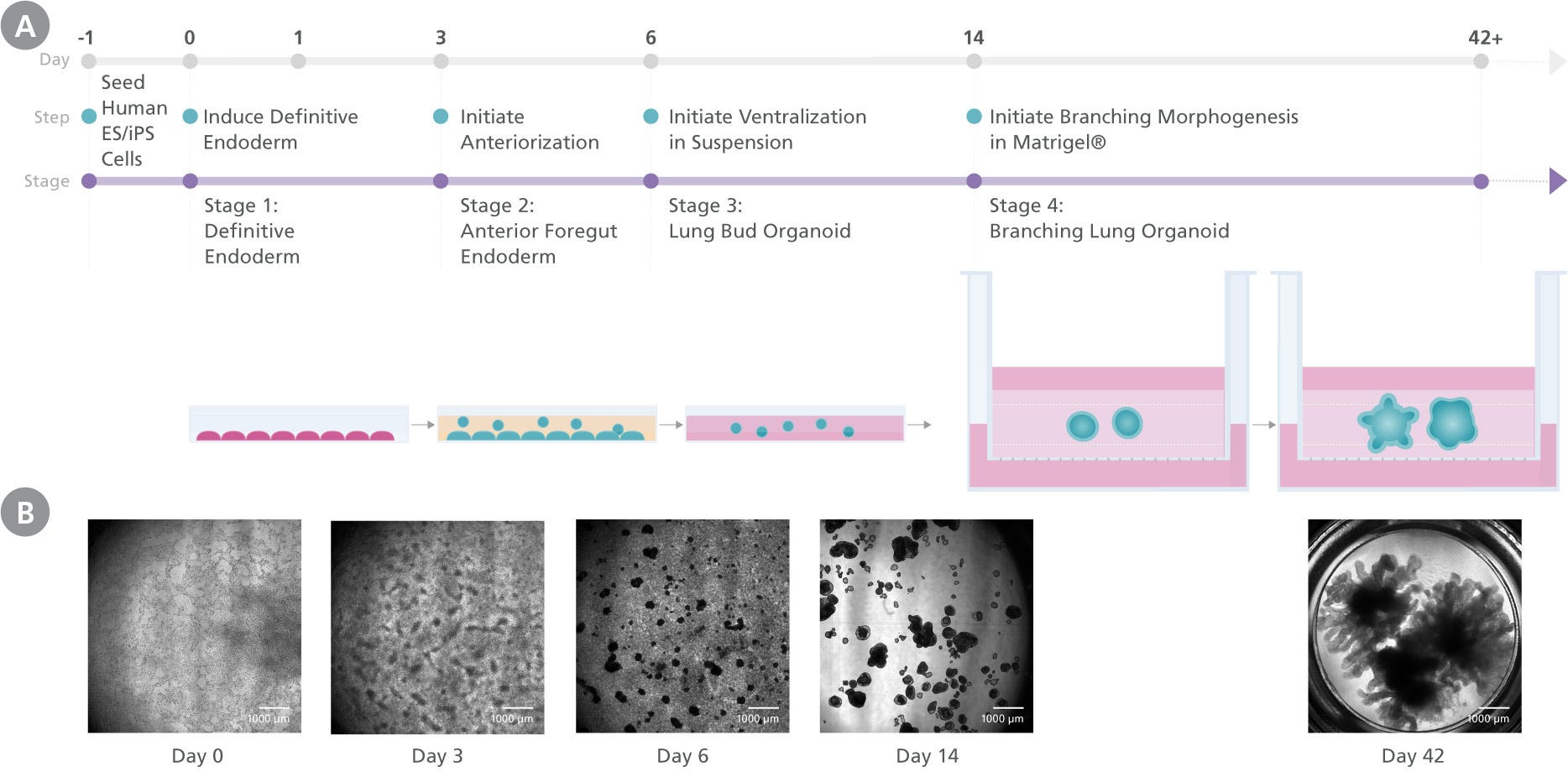
Figure 1. Generation Of Branching Lung Organoids Using the STEMdiff™ Branching Lung Organoid Kit
(A) Human PSC cultures progress through a four-stage differentiation process to generate human branching lung organoids. By the end of stage 1 (day 3), cultures exhibit characteristics typical of definitive endoderm and anterior foregut differentiation is initiated. During stage 2 (days 3 - 6) anterior foregut endoderm buds are released from the monolayer, and are then suspended to form ventralized lung bud organoids in stage 3 (days 6 - 14). In stage 4, the lung bud organoids are embedded into Matrigel sandwich cultures to mature into branching lung organoids. (B) Morphological representation of the culture at different stages.
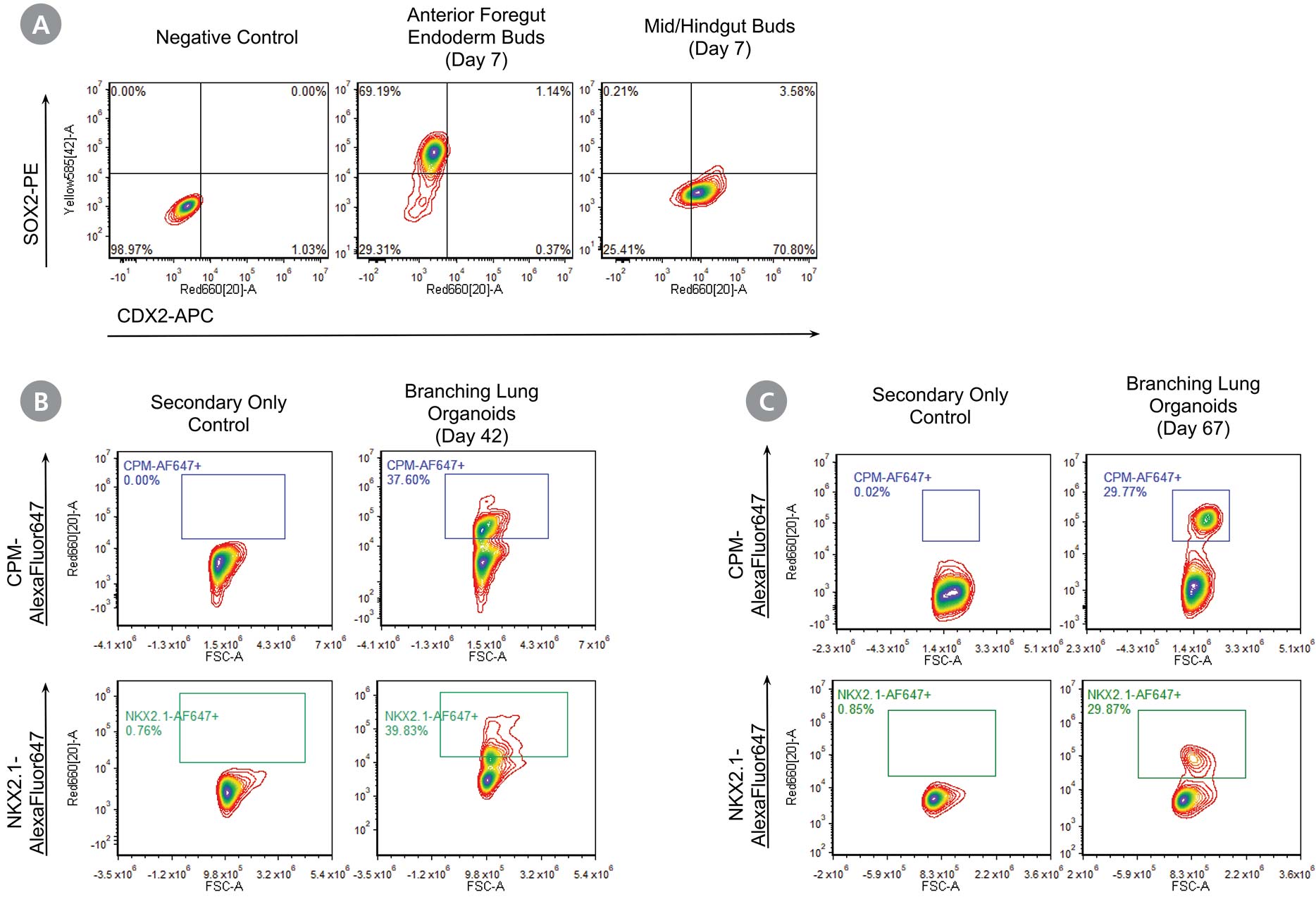
Figure 2. STEMdiff™ Branching Lung Organoid Kit Supports Expression of Key Lung Markers at Different Stages
Flow cytometric analysis at different stages of the STEMdiff™ Branching Lung Organoid Kit workflow shows protein expression of key lung markers. (A) Anterior foregut endoderm (AFE) buds generated at the end of stage 2 demonstrates high expression of the anterior foregut marker, SOX2 and absence of mid/hindgut marker, CDX2. (B) Cells from branching lung organoids on day 42 (stage 4) express lung progenitor marker NKX2.1 and its surrogate cell surface marker CPM. (C) NKX2.1 and CPM expression are maintained in long-term cultures as seen by flow cytometric analysis of cells from branching lung organoids (day 67).
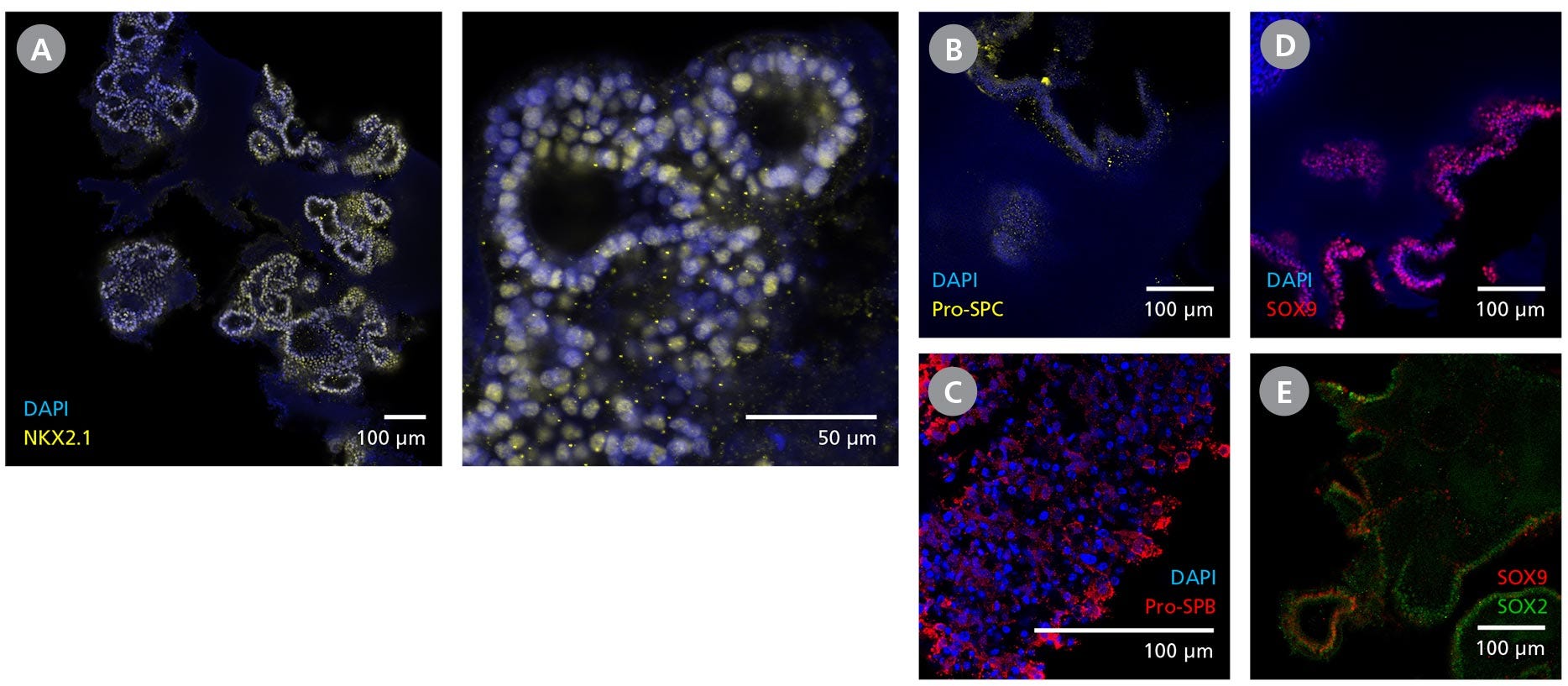
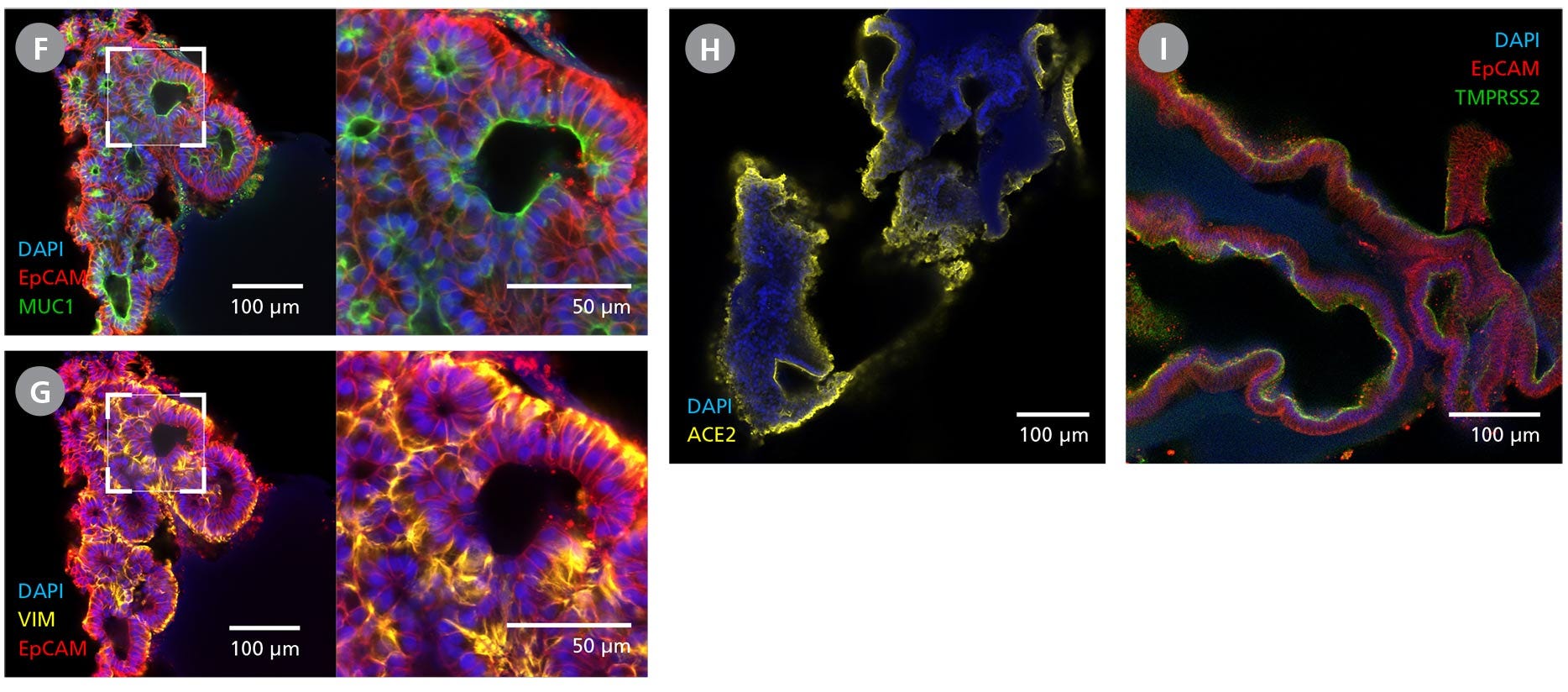
Figure 3. Branching Lung Organoids Cultured in STEMdiff™ Branching Lung Organoid Kit Feature Key Protein Markers and Exhibit Branching Morphogenesis
(A) Branching lung organoids express lung progenitor marker NKX2.1 throughout their branching structures, and (B, C) demonstrate the presence of alveolar type II-like cells with Pro-surfactant protein B and C expressions. (D, E) These organoids undergo proximodistal differentiation demonstrated by the differential expression of SOX2 and SOX9. (F) MUC1 can be found luminally expressed while the (G) organoids are surrounded by VIM-expressing mesenchyme. (H, I) Branching lung organoids generated in STEMdiff™ Branching Lung Organoid Kit also express proteins associated with SARS-CoV-2 entry, ACE2 and TMPRSS2. Protein expression was visualized by immunohistochemistry and confocal microscopy of branching lung organoids on day 63.
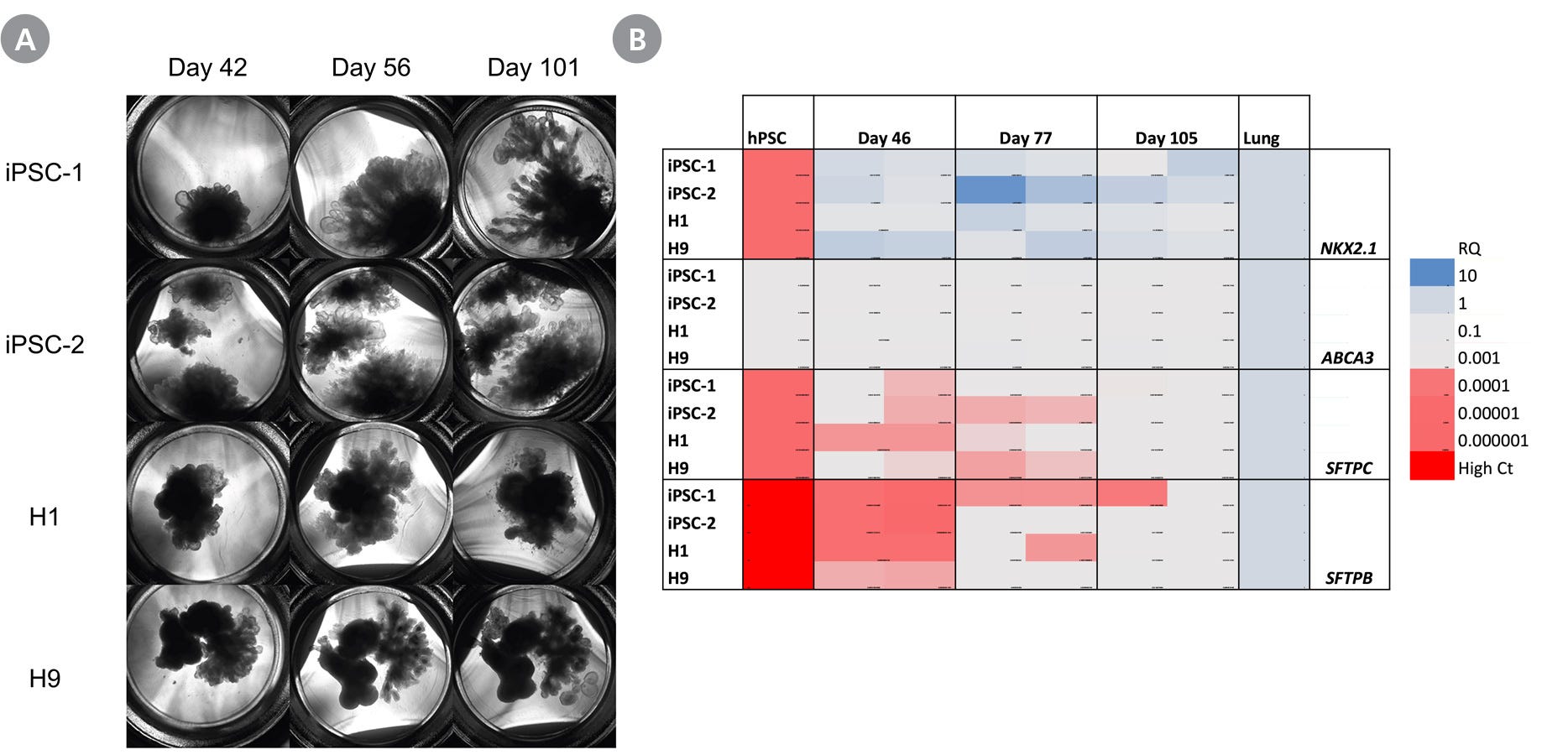
Figure 4. Branching Lung Organoids Cultured in STEMdiff™ Branching Lung Organoid Maturation Kit For Extended Periods Express More Mature Lung Markers
(A) The branching tips of branching lung organoids derived from peripheral blood endothelial progenitor cell-derived iPS cells (iPSC-1), peripheral blood mononuclear cell-derived iPS cells (iPSC-2) or embryonic stem cells (H1 and H9) continue to grow and branch up to day 101. (B) The expression levels of more mature distal lung markers ABCA3, SFTPC, and SFTPB increase overtime. Morphology and gene expression of branching lung organoids cultured up to day 105 were assessed by RT-qPCR. RQ-values were normalized to TBP and compared to commercially available lung RNA.
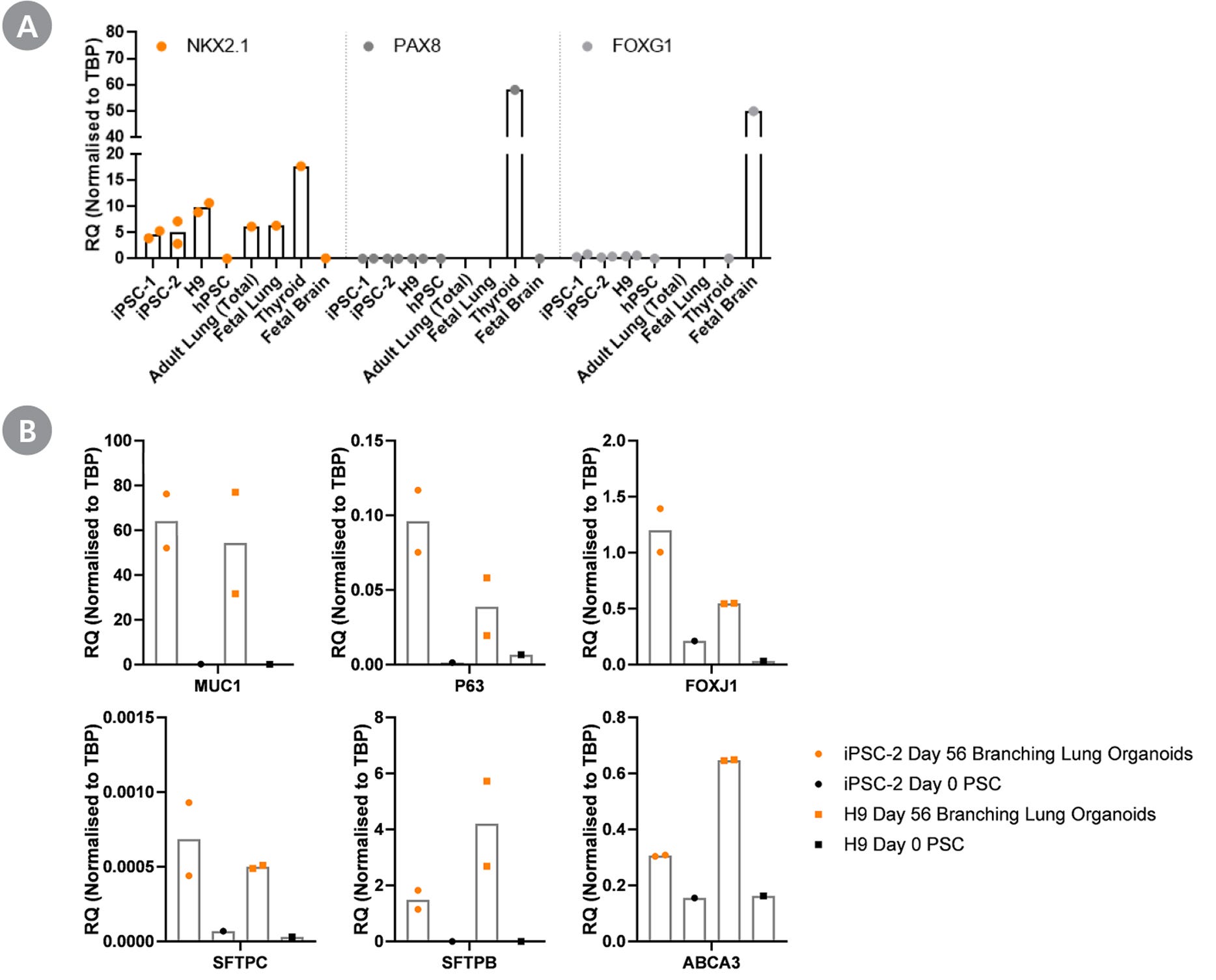
Figure 5. Branching Lung Organoid Cells Are Specifically Differentiated Towards the Lung
Gene expression profile of branching lung organoids (day 42+) analysed by RT-qPCR show presence of key lung markers and absence of off-target markers. Branching lung organoids at day 42 express (A) lung-thyroid-forebrain marker NKX2.1 and does not exhibit thyroid marker PAX8 and forebrain marker FOXG1. (B) The expressions of proximal lung markers MUC1, P63, and FOXJ1 and distal lung markers SFTPC, SFTPB, and ABCA3 are upregulated in day 56 branching lung organoids, when compared to respective pluripotent stem cells (PSCs). All expression levels are normalized to the housekeeping gene TBP. iPSC-1: peripheral blood endothelial progenitor cell-derived iPS cells; iPSC-2: peripheral blood mononuclear cell-derived iPS cells.
Find supporting information and directions for use in the Product Information Sheet or explore additional protocols below.
This product is designed for use in the following research area(s) as part of the highlighted workflow stage(s). Explore these workflows to learn more about the other products we offer to support each research area.
Thank you for your interest in IntestiCult™ Organoid Growth Medium (Human). Please provide us with your contact information and your local representative will contact you with a customized quote. Where appropriate, they can also assist you with a(n):
Estimated delivery time for your area
Product sample or exclusive offer
In-lab demonstration
| Species | Human |
|---|---|
| Formulation Category | Serum-Free |
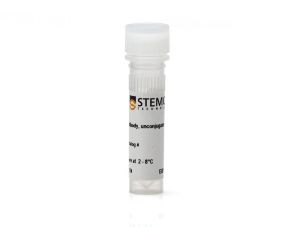
小鼠抗人MUC1 (CD227)单克隆IgG1抗体
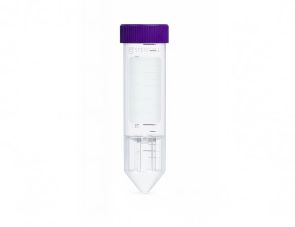
用于体外诊断(IVD)应用的密度梯度离心管
扫描二维码或搜索微信号STEMCELLTech,即可关注我们的微信平台,第一时间接收丰富的技术资源和最新的活动信息。
如您有任何问题,欢迎发消息给STEMCELLTech微信公众平台,或与我们通过电话/邮件联系:400 885 9050 INFO.CN@STEMCELL.COM。

